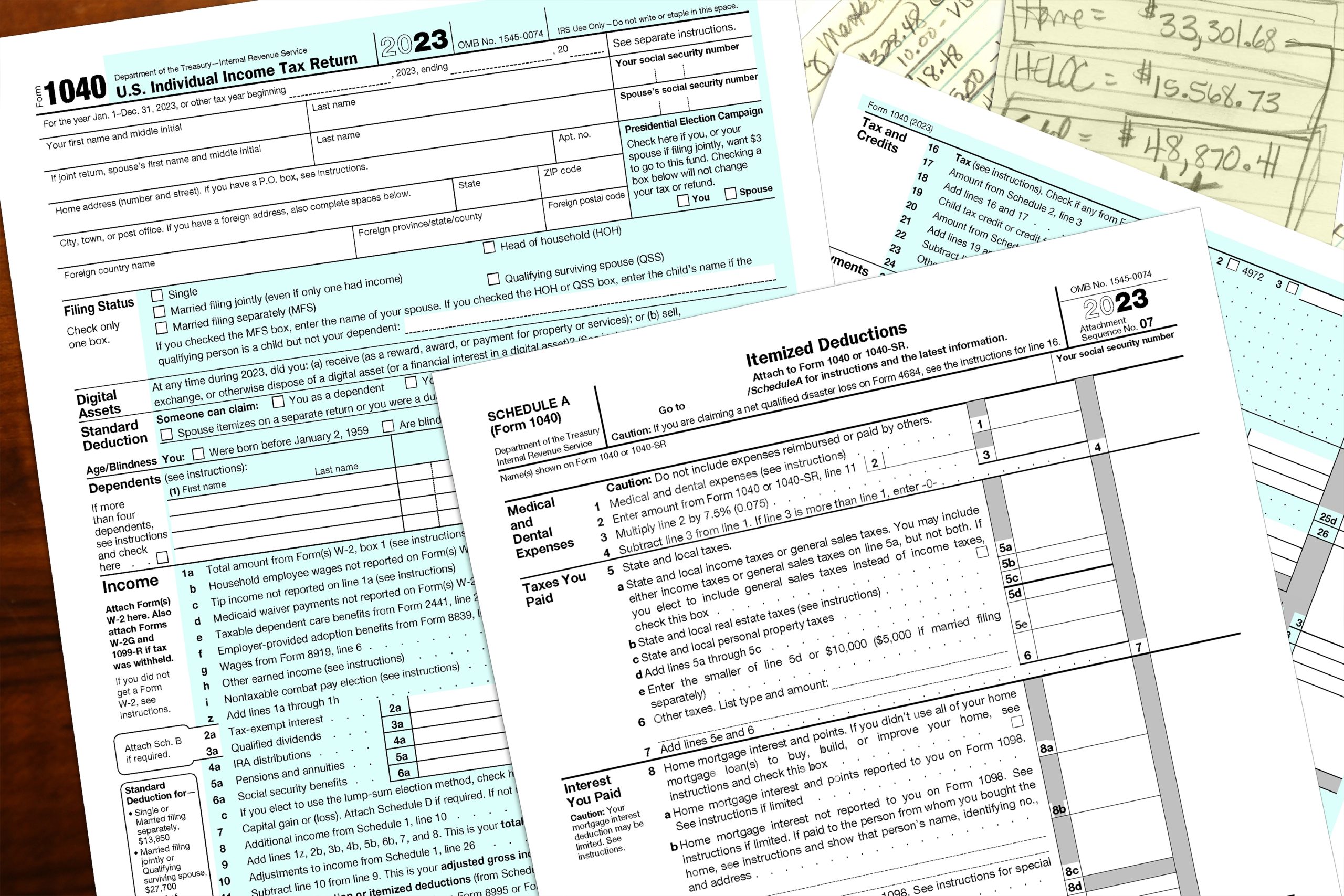Common Kinds of Tax Credits for People with Kids
Tax Credits can be an extremely effective way to help you save money and lower your overall tax burden. The government recognizes that raising kids in today’s financial climate can be a huge struggle. Therefore, there are several tax credits to give parents a break come tax day.
4 common tax credits that you may qualify on your federal return for this year if you have kids include:
- American opportunity tax credit
- Lifetime learning credit
- Earned income tax credit
- Child tax credit
In this article, we will look at how to tell if you qualify for these credits and how to claim the credits if you do qualify.
What Does a Tax Credit Mean?
Tax credits allow you to reduce the taxes you owe at the end of each year. Credits make a large impact on how much you end up paying the IRS because they are subtracted after your initial tax burden has been calculated.
Tax credits work a little differently than tax deductions. The tax bracket you fall in doesn’t impact the value of your tax credit, while a tax deduction does. For this reason, tax credits are often considered more valuable than tax deductions.
There are two different types of tax credits: refundable and non-refundable. If your refundable tax credits exceed your tax liability, then the owes you the difference via a tax refund. However, non-refundable tax credits that exceed your tax liability are not included as a refund.
American Opportunity Tax Credit
Parents who are paying for their child’s undergraduate are able to claim the American Opportunity tax credit.
For a student to be eligible for the American Opportunity credit:
- Has not completed the first four years of post-secondary education
- Has enrolled in at least one academic semester
- Is working towards a degree (at least half-time status)
- Cannot have been convicted of a drug crime
The American Opportunity credit can include the cost of:
- Tuition
- Books
- Supplies
- Equipment
It does not include costs for room and board or transportation.
The credit is worth up to $2,500. 100% of the first $2,000 worth of expenses can be claimed and then an additional 25% of the second $2,000 worth of expenses.
You are unable to claim this credit if you make over $90,000 as a single filer or $180,000 as a joint filer.
Lifetime Learning Credit
The Lifetime Learning credit is less restrictive than the American Opportunity credit, as courses for this credit do not need to be part of a degree program and have no restriction on the number of years that you claim it.
The Lifetime Learning Credit allows you to claim up to 20% of the first $10,000 of qualified education expenses up to a total of $2,000.
This credit is only applicable to total educational expenses. Meaning if you have more than one student, you can still only claim up to $10,000 worth of expenses.
To qualify for the Lifetime Learning credit, your Adjusted Gross Income does need to be equal to or less than $69,000 as a single filer or $138,000 as a joint filer.
Earned Income Tax Credit (EIC)
A great tool for low-income earners with children is the Earned Income Credit (EIC).
To qualify, you must earn less than the following adjusted gross income thresholds in 2021:
- Single Filers
- No kids – $21,430
- One kid – $42,158
- Two kids – $47,915
- Three kids – $51,464
- Joint Filers
- No kids – $27,380
- One kid – $48,108
- Two kids – $53,865
- Three kids – $57,414
The credit maxes out after you have three kids. The maximum credit that you can earn in 2021 is:
- No kids – $1,502
- One kid – $3,618
- Two kids – $5,980
- Three kids – $6,728
The value of this credit was significantly boosted in 2021 as a result of the coronavirus pandemic.
In addition to meeting the income thresholds for the EIC, you’ll also need to have at least $1 of earned income and under $10,000 of investment income in the applicable tax year.
Child Tax Credit
Another significantly boosted credit in 2021 is the Child Tax credit. You’d receive the maximum credit if your income was under $75,000 as a single filer and under $150,000 as a joint filer.
Even if you earn more than that, you can still claim at least a partial credit based on your adjusted gross income. If you earned less than $200,00 as a single filer and $400,000 as a joint filer, you would still qualify for the typical $2,000 credit.
In 2021, as long as you met the income requirements, you were able to claim $3,600 for each child under the age of 6 and $3,000 for each child 17 or younger.
Unfortunately, in 2022 the Child Tax Credit has been reduced to the typical $2,000 per child if you are making under $75,000 as a single filer and under $150,000 as a joint filer.
How Do I Claim Tax Credits?
As a general rule, you can claim tax credits when you file your tax return at the end of each year. However, several credits require additional attachments and forms to be claimed. Visit the IRS website to see a complete list of requirements.
Identifying the forms to complete or even which credits you qualify for can be confusing and time-consuming. At FileSmart, we can help you identify the credits you qualify for and even assist you in filing the correct forms. Contact us today to get started with your taxes or file an extension.































0